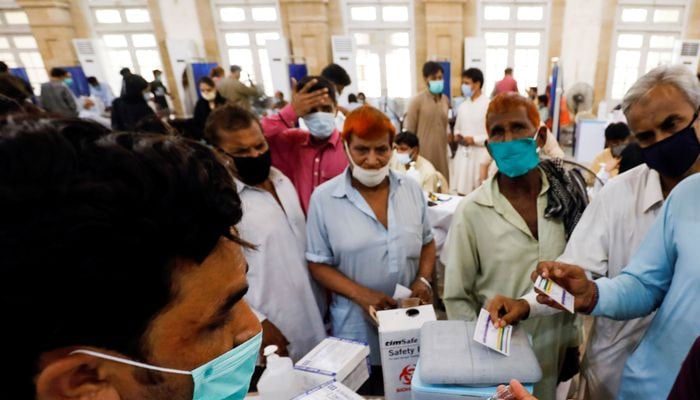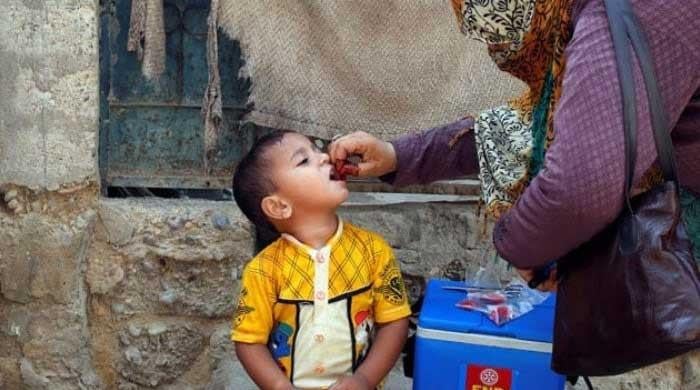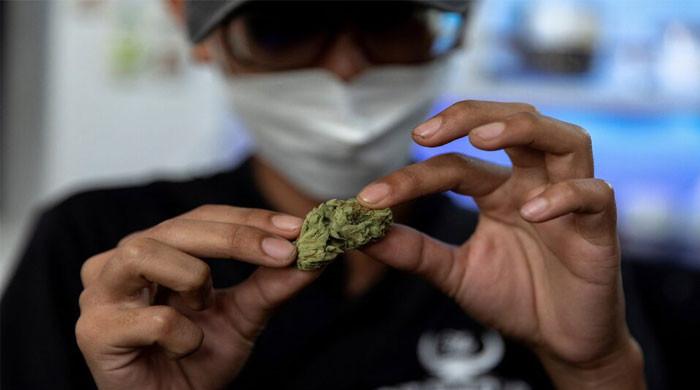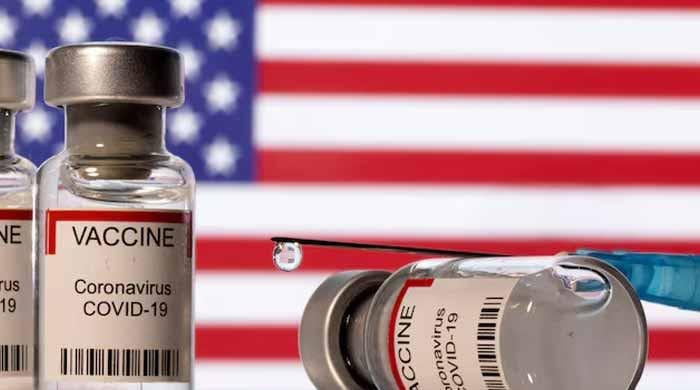How widening healthcare disparities are diseasing Pakistan
“The enjoyment of highest attainable standard of health is one of fundamental rights of every human being", says WHO
November 10, 2022

Prevention is better than cure and, in our country, it is also cheaper than a basic cure.
“The enjoyment of the highest attainable standard of health is one of the fundamental rights of every human being without distinction of race, religion, political belief, economic or social condition,” said the World Health Organisation (WHO).
According to the above statement, the right to healthcare facilities for all people means that everyone should have access to quality healthcare without any discrimination or bias and/or without suffering financial strain.
The poor should not have to compromise on quality healthcare because they cannot afford it; while the elites rush to foreign countries even to address their sneezing allergies or for cosmetic procedures. This yawning healthcare disparity in Pakistan is concerning. We rank 154th amongst 195 countries in terms of quality and accessibility of healthcare. In an underdeveloped country like ours, where the population growth rate is amongst the highest in the world, the government's healthcare allocation for the fiscal year 2022-23 was decreased to Rs12.7 billion from Rs13.3 billion in the previous fiscal year.
Healthcare in Pakistan has been developed on the pre-partition British healthcare system. It comprises public and private sectors providing primary, secondary and tertiary care centres.
Under the public sector, we have local dispensaries, basic healthcare units (BHUs), sub-healthcare centres or rural healthcare centres (RHCs) in rural and peri-urban areas. In Pakistan, the private healthcare sector is both “a for-profit” and “nonprofit” organisations. Approximately 70% of Pakistanis turn towards the private healthcare sector for better healthcare facilities.
Private hospitals are charging exuberantly for these facilities from OPDs to lab testing and admissions for any medical procedures; they do ensure comfort and quality healthcare but at a staggering cost, which everyone cannot afford easily.
Even the remaining 30% of the population that does go to the public sector health care facilities does not do so free of cost. A nominal charge is always applicable to anyone using public sector healthcare facilities.
Those who have no choice other than to use public healthcare facilities are forced mainly by two factors i.e. availability and affordability. The provision of healthcare facilities in rural areas and far-flung places in the country is quite costly and cumbersome for the government, hence it relies mostly on the welfare organisations that are busy providing such facilities in remote areas.
Secondly, private-sector healthcare facilities are going out of the reach of many due to increasing costs. Upon a cursory glance at these healthcare systems, one is bound to notice the glaring difference in the quality (and of course the price!) of the services provided in the private healthcare sector.
The mere appearance of the buildings and the facilities and hygiene are quite noticeable but do they justify the excessive price tag attached to them?
The public sector hospitals are mostly in dilapidated condition and the long queues of patients awaiting their turn to see the physician or get tested are heart-wrenching. The equipment in use doesn’t seem to have been serviced in years while many supplies that are consumed in the testing laboratories are inadequate.
The system of providing healthcare in the public sector is marred with inefficiencies and a lack of controls. Hence the public is unable to optimize the benefits it can derive from the system. Pakistan has and is producing one of the finest doctors in the world. Our doctors as well as paramedics are highly trained, hardworking, and experienced.
The world has recognised its performance during COVID and has promoted it as an example for the world. However, apart from the flight of good human resources in the field of medicine, most of the doctors are running private practices along with their public sector commitments/jobs, which is not only a conflict of interest but also an ethical question mark. These doctors charge unwarranted fees and almost all of them prescribe a number of medical tests that cost a fortune.
So, one has to have a considerable amount of personal wealth to enjoy the fruits of good healthcare. In an equitable society, its people’s right to have access to a world-class healthcare system. We, on the other hand, are still struggling to develop a system that can cater to all the citizens of Pakistan in a just and non-discriminatory manner.
The rich have access to world-class medical facilities due to their strength of affordability of such facilities while the poor have to rely on the ineffective and inefficiently managed public sector health care system. This divide has not only caused the private healthcare sector to become financially lucrative to investors as well and has thus resulted in the establishment of private hospitals.
There are, but a few, exemplary institutions that have surfaced due to philanthropic efforts of the people of Pakistan where the doctors devote a certain amount of time free of cost and the world-class laboratory and testing services are available at a highly subsidized rate. The government and the people have to work hand in hand to develop an efficient and cost-effective healthcare system for the generations to come.
The author is a filmmaker, a travel influencer and a freelance columnist.









